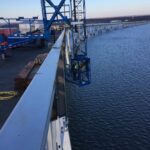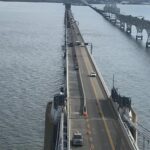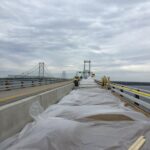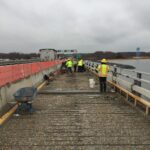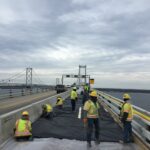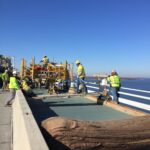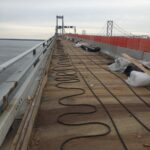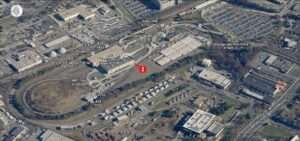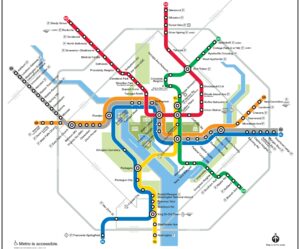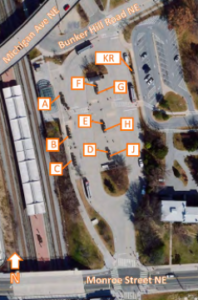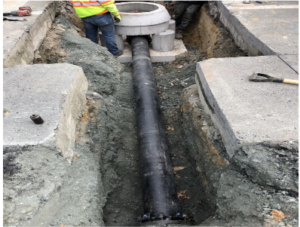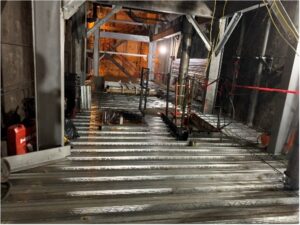As a DBE/MBE Subconsultant, BvF performed comprehensive preliminary and final design services by doing construction inspection services for the rehabilitation of the westbound bridge deck and replacement of overhead signal gantries. In September 2019, the westbound right lane of the Bay Bridge was closed due to the bridge deck reaching the end of its service life and becoming severely deteriorated, presenting a safety risk. Originally projected to take two years, the lane rehabilitation was completed in just over seven months, thanks to extra construction crews working around the clock on day and night shifts to accelerate the project’s completion.
The William Preston Lane, Jr. Memorial Bridge (Chesapeake Bay Bridge) is a major dual-span bridge in Maryland, connecting Queen Anne’s County with Anne Arundel County. The Deck Rehabilitation under this Contract took place on the Westbound W.M. Preston Lane, Jr. Memorial Bridge in Anne Arundel County and Queen Anne’s County. The work included:
- Installation, maintenance, resetting, and removal of all Maintenance of Traffic measures.
- Removal of portions of the existing concrete deck, including milling the deck surface, using both mechanical milling and hydro-demolition.
- Full-depth patching in areas and replacing existing reinforcing bars as necessary.
- Placing latex-modified concrete.
- Placing a Silane Sealant over all deck surfaces.
- Removal of existing portions of joint assemblies and modification of the assemblies, including installation of new hardware.
- Removal of existing overhead lane use signal gantries, attached signs, attached lane use signals, attached access platforms, and portions of existing ITS/electrical systems.
- Installation of new lane use signal gantries, including attachment modifications to the existing structure and installation of new lane use signals on the new gantries, including new electrical wiring and controls, and reinstallation of existing signs.
- Installation of new access platforms at gantry locations.
- Removal and replacement of existing bridge railing posts.
- Grinding, patching, and paving of existing approach pavements.
This comprehensive approach ensured the bridge’s safety and functionality, supporting both current traffic and future economic development.


